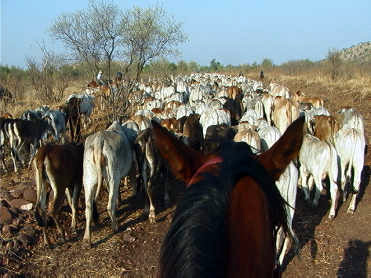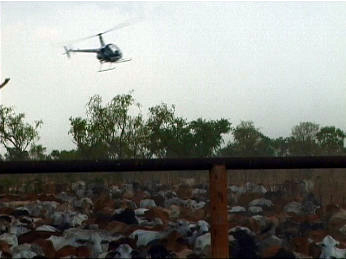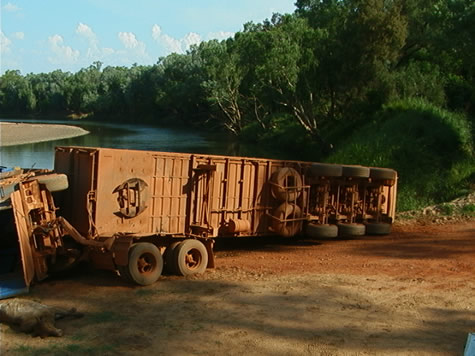Maths Word Problem
Interpreting Math Word Problems:
The Information:
Well, here we are at the Humbert River in the Gregory National Park. It is our second-to-last layover and we have two weeks left on the trip. Also, we will have a day of sponsorship filming as well. This leaves us with 11 riding days. The ride up to Darwin will be 590 kilometres from where we are now. It is necessary that we get to Darwin on time because if not, some members of the group will miss their flights, and lose a lot of money.
The Question:
How many kilometres do we need to average each day?
The Method:
We need to analyse the paragraph of info and find which bits are useful to us.
- There are 2 weeks left.
- There are 3 non-riding days.
- That leaves 11 riding days.
- We have 590 kilometres to travel.
Now that we have the information boiled down into little tid-bits, it is easy to look at the problem and figure out a solution.
590 kilometres divided by 11 days will give us the answer.
590/11=53.63
We must travel on average 53.63 kilometres a day!
Suggested activities
1. Use the method of boiling down information to show yourself what figures you need to work with in a math word problem.
2. Also, think up a word problem like this - about how much food you eat a year, how many miles you travel in car on the way to school, the distance each day on a trip you take, etc.
By,
Crister


